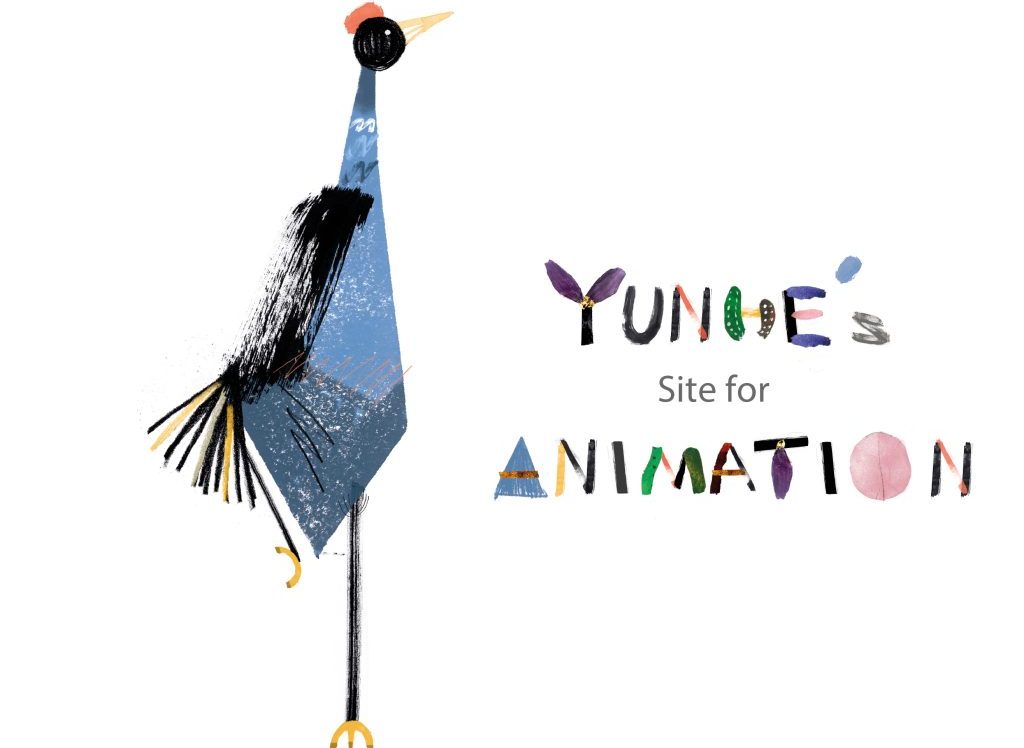Collaboration: Colors and textures hidden in nature

My collaborative work is with Rebecca Heath, who’s currently working on a stop-motion project named Wanderer.
-What were the roles you were given?
Since the project is currently at a very early stage, I was asked to do the background design work as well as reference searching.
-Did you complete the roles and what feedback did you receive?
Based on this project’s style and form, I collected a number of references.
Some of them can be used in the prop design process:







And some of them can be used for colour or style inspiration:




In terms of background design, I used watercolour to make a relatively small one.

I also brought some materials for the set design:

Rebecca is a really nice person, and for my contribution, she always behaved in an encouraging and grateful manner.
-How did you perform during this project?
Since it’s a stop-motion project, it certainly meets my interest. So during this time, I was performing quite actively.
-What could you have improved on?
When I was making the background, I realised it’s not clever to just start doing it without any clues. So if I have the opportunity again, I would prepare a small sample (either digitally or physically). Besides, I don’t have much experience dealing with watercolour painting, and sometimes after mixing a nice colour, I don’t even remember the recipe. If I did it again, I would definitely write down the proportion of colours every time.
-How do the roles you where given relate to industry roles?
In terms of the research work I did, I believe it is also necessary in the animation industry. Although animators’ imaginations can help us jump out of the circle and become really unique, references are also essential. For example, rather than merely imagining the personality of a guitar player, observing a real guitar player’s life or interviewing a real guitar player would be far more effective.
Despite the fact that the background design work I have been given is not closely related to the fundamental animation exercise we are doing in Unit 1, background design also plays an important role in the animation industry.
Firstly, to design a proper background, group members need to have a deep conversation about the whole project’s atmosphere, location, years, etc.
Secondly, background design is also kind of related to concept design in industry. Because it is not only a part of the work that needs to get done during the process but also an important job at the beginning. For example, when I look at Rebecca’s project proposal and rough animation, they clearly convey the idea of her ideal colour palette (at least in terms of saturation and brightness). Therefore, when I get to design the background, I can take these into consideration.
-Did you enjoy the experience?
I really had a great time during this experience. It’s already fascinating to see another student’s work progress behind a nice graduation film, not to mention work with one. During this experience, I also spontaneously thought about my own project’s content and appearance, and I now have more confidence in it.
-What new skills / techniques did you learn?
While searching the reference, I was charmed by the leaves’ and fruits’ colour and texture. Then I did several collage experiments with some flowers, shells, fruits, and the jam I made out of blackberries.


-How did you utilize the skills you have learnt so far on the course?
In my stop-motion classes, I tried charcoal animation, and for the background design, I also utilised a bit of charcoal material.
Overall, it’s a really nice chance for me to collaborate with a second-year student, and I cherish this experience very much!
Wren Wei
2023/3/7

Leave a Reply